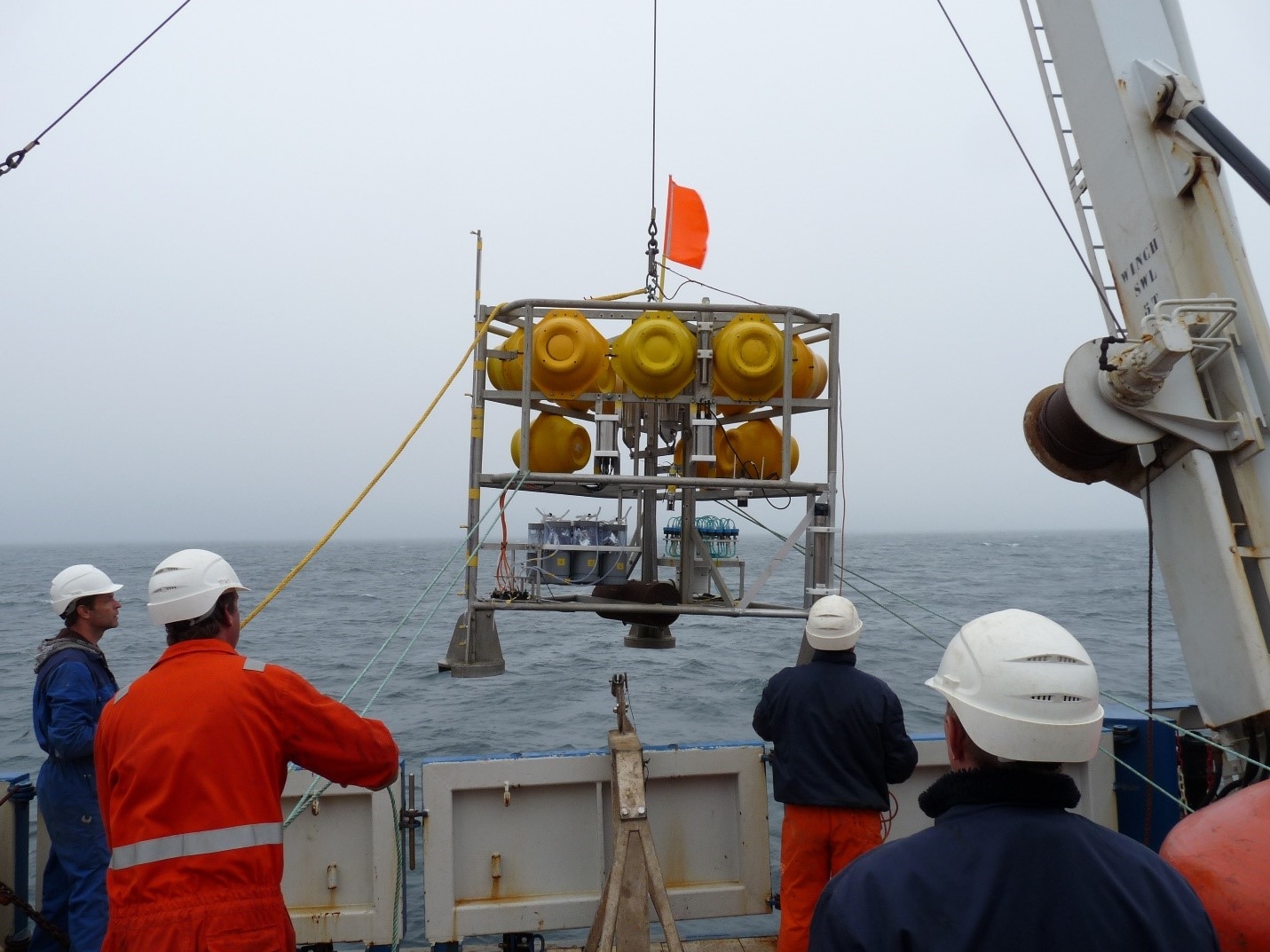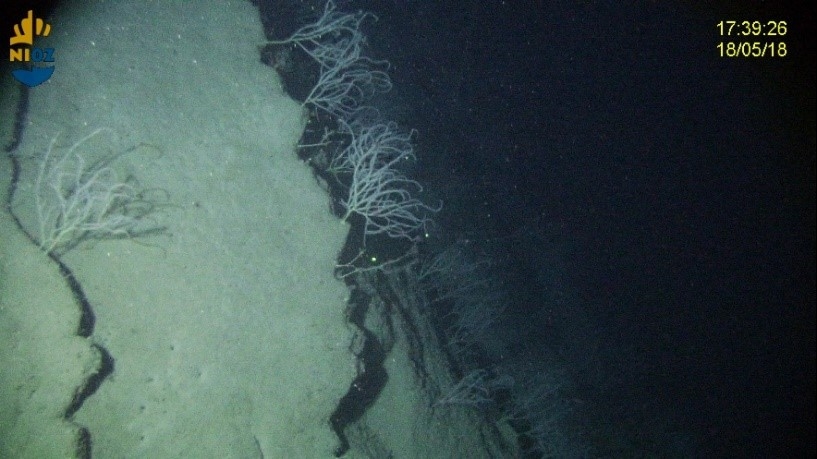The role of Whittard Canyon in particle dispersal and retention
The Whittard Canyon incises the Celtic continental margin in the northern Bay of Biscay. Within the canyon the interaction with the hydrography and canyon topography results in enhanced turbulence and mixing, affecting particle dispersal and retention. This results in the formation of so-called nepheloid layers, i.e. layers with high concentrations of suspended particles, which are thought to contribute significantly to the transport of (organic) matter. Therefore canyons are considered to form effective connections between the productive continental shelves and the food deprived deep sea. Due to abovementioned processes canyons are often enriched in organic matter, offering favourable conditions for high abundance of fauna.
Within this project we want to define the role of submarine canyons in deep-sea carbon pathways and study the processes of (organic) matter transport, their fluxes, and fate. To do so we study 1) the role of fauna in remineralisation, 2) the particle transport processes and 3) the particle fluxes and composition. The latter is part of this internship project. With the main aim to study which particles are transported, what processes are involved and to identify the quantity and quality of suspended matter. During several cruises water samples have been taken throughout the canyon at different spatial and temporal scales. Near bottom particles have been filtered in situ with particle pumps, while samples from the water column were filtered on board. Suspended matter samples will be analysed for their total weight (fluxes), TOC content, nitrogen, and pigments, in combination with analysis of physical data (currents, turbidity and fluorescence).
More information & contact
Are you a MSc student in environmental or geosciences interested in doing a 6 month internship on this project, then please write a motivation letter to Dr. Furu Mienis (furu.mienis@nioz.nl).

